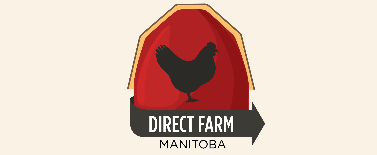Water, water everywhere…
 Tuesday, October 8, 2013 at 9:16PM
Tuesday, October 8, 2013 at 9:16PM By Selena Randall
News reports recently flagged the discovery of a huge aquifer under one of the driest parts of Kenya. ‘Enough water to supply the country for 70 years’ the Kenyan government reported.
‘And then what?’ I thought.
The scenario playing through my head was that of an arid region being developed – farming, towns, industry growing rapidly over a couple of decades, all making use of the abundant water. Until it’s all gone, and then what? What will people do then, where will they go, what will happen to the land that has been developed?
Clean water is one of the biggest limitations for population growth in many parts of the world. Even where water is abundant, it is not necessarily good to drink. Here in Manitoba, we have plenty of water for much of the year, too much at times, but our major rivers such as the Red and the Assiniboine are not suitable for drinking (too silty for one). Rather many of us rely on what we cannot see – groundwater sources.
Groundwater is an excellent source of clean water, because the underground stores (aquifers) are largely filled by the slow seepage of water from the surface of the earth through soil and rock. The soil and rock filter out many pollutants, and biological processes deal with most harmful bacteria. And so long as we don’t take more than is restocked each year, we can keep on using the source indefinitely.
Thing is, we are not too good at managing our supplies. Aside from domestic supplies, we need water for many industrial processes, and the pressure to add more people or a new industrial plant is always there. When the water keeps flowing out of the tap it’s hard to say ‘no’.
And then when the supplies run dry, we look around for another supply – technological improvements will always find a source we didn’t know of before surely?
It’s not just managing our consumption that we are not too good at either. We’ve done a pretty good job of polluting some perfectly good supplies. There is a large aquifer below Winnipeg, but it’s undrinkable because it is polluted with salt pulled from natural sources by the water extraction processes. Then of course there are the surface and groundwater supplies that have been polluted by mining activities. Heavy metals and hydrocarbons are harmful to humans in quite low doses, and these contaminants make many potential sources unsafe. This is a situation that affects the health of many of our first nation communities, in particular.
The province of Manitoba is about to publish its water management strategy, and as a scientist working on water issues, I await it with interest. I would like to see a program that sets us on a clear course of caretaking our water resources, for all today’s uses and potential future uses.
I don’t want to hear anyone talking about ‘we have enough for 70 years’ – that’s less than a lifetime, and it’s not going to support your grandchildren, or their grandchildren is it?



Reader Comments